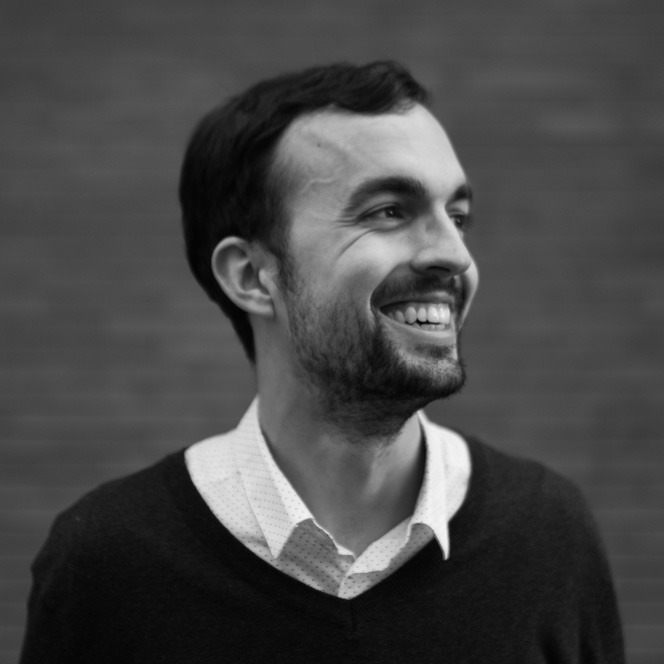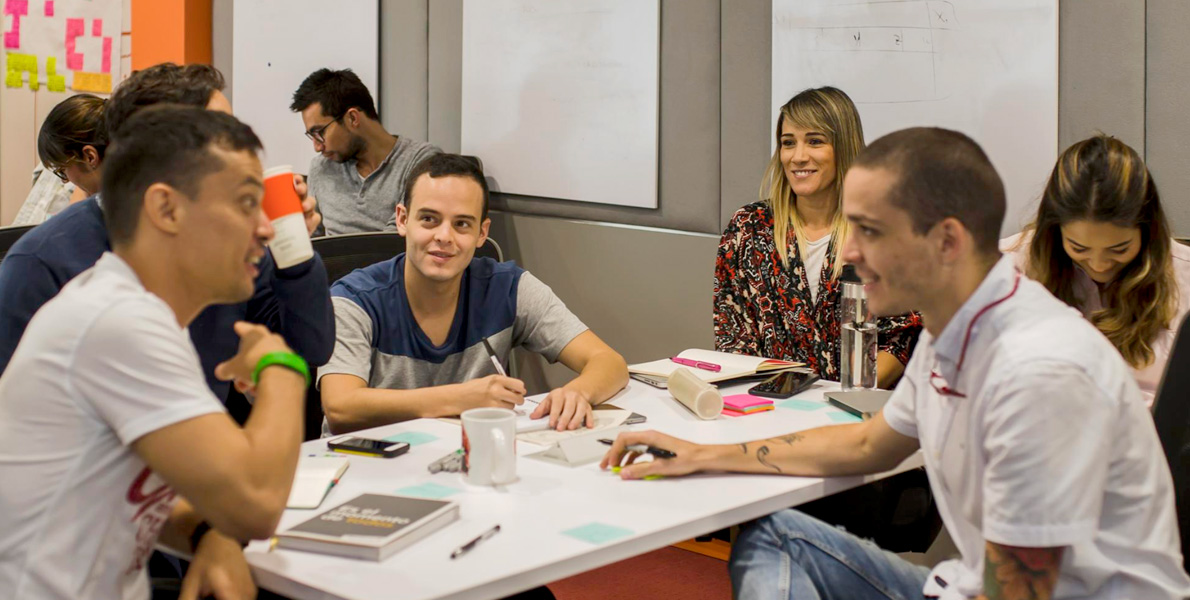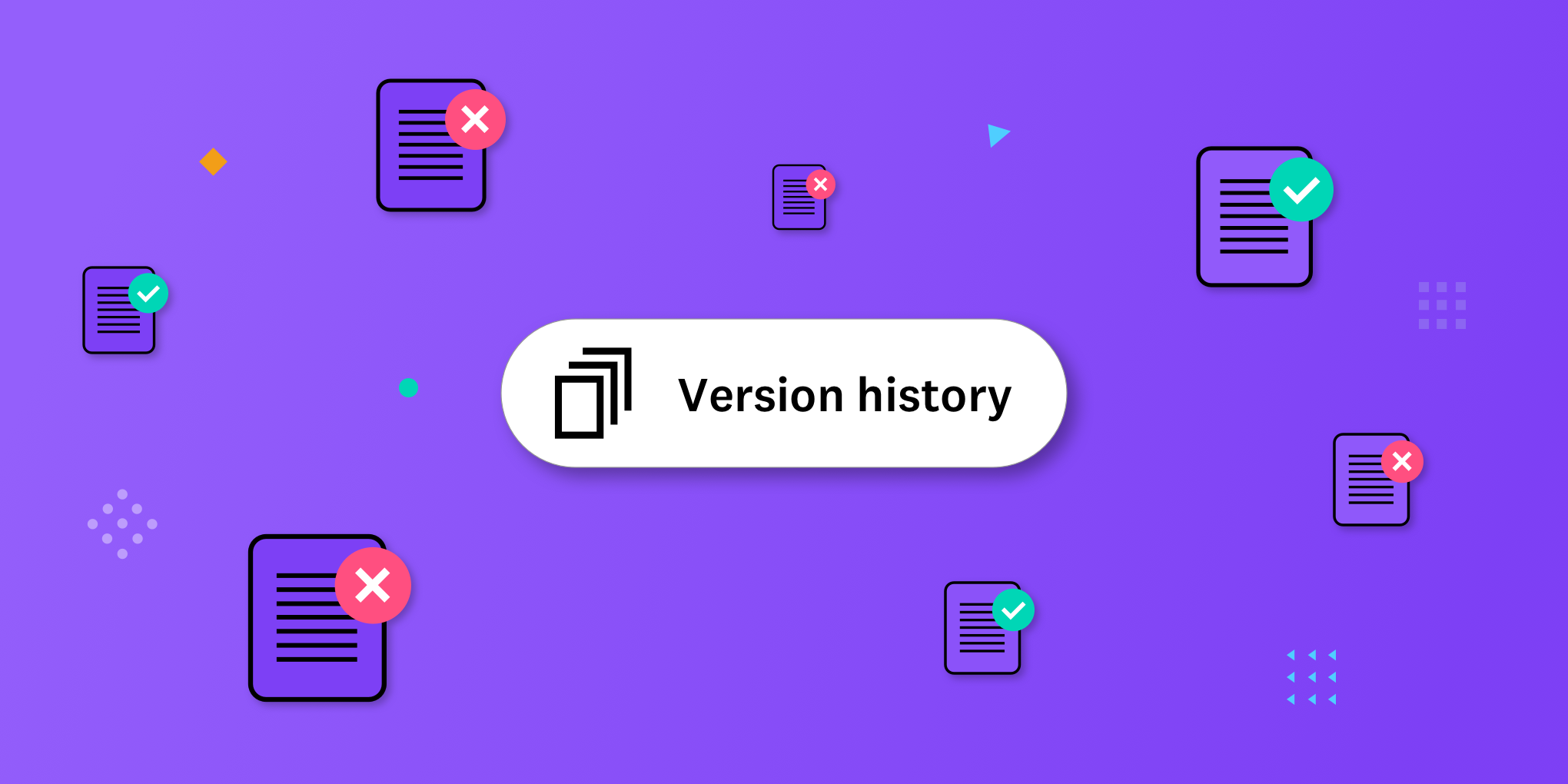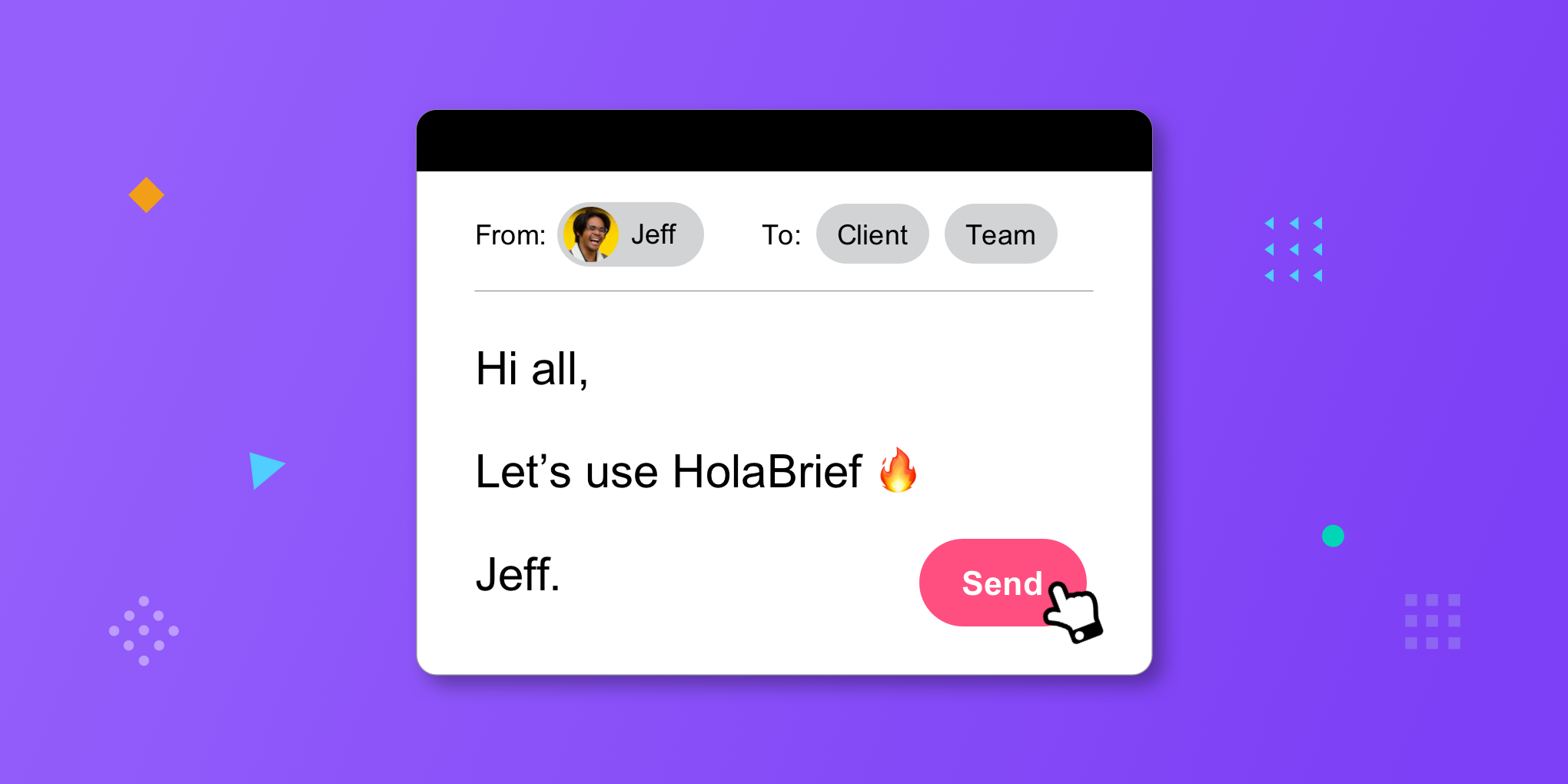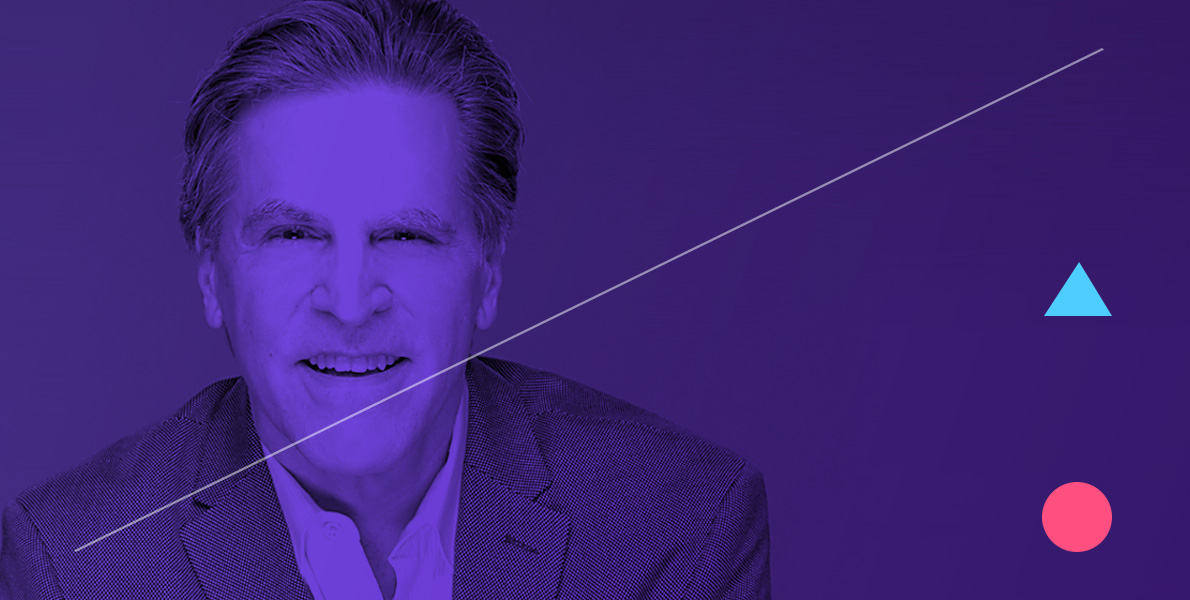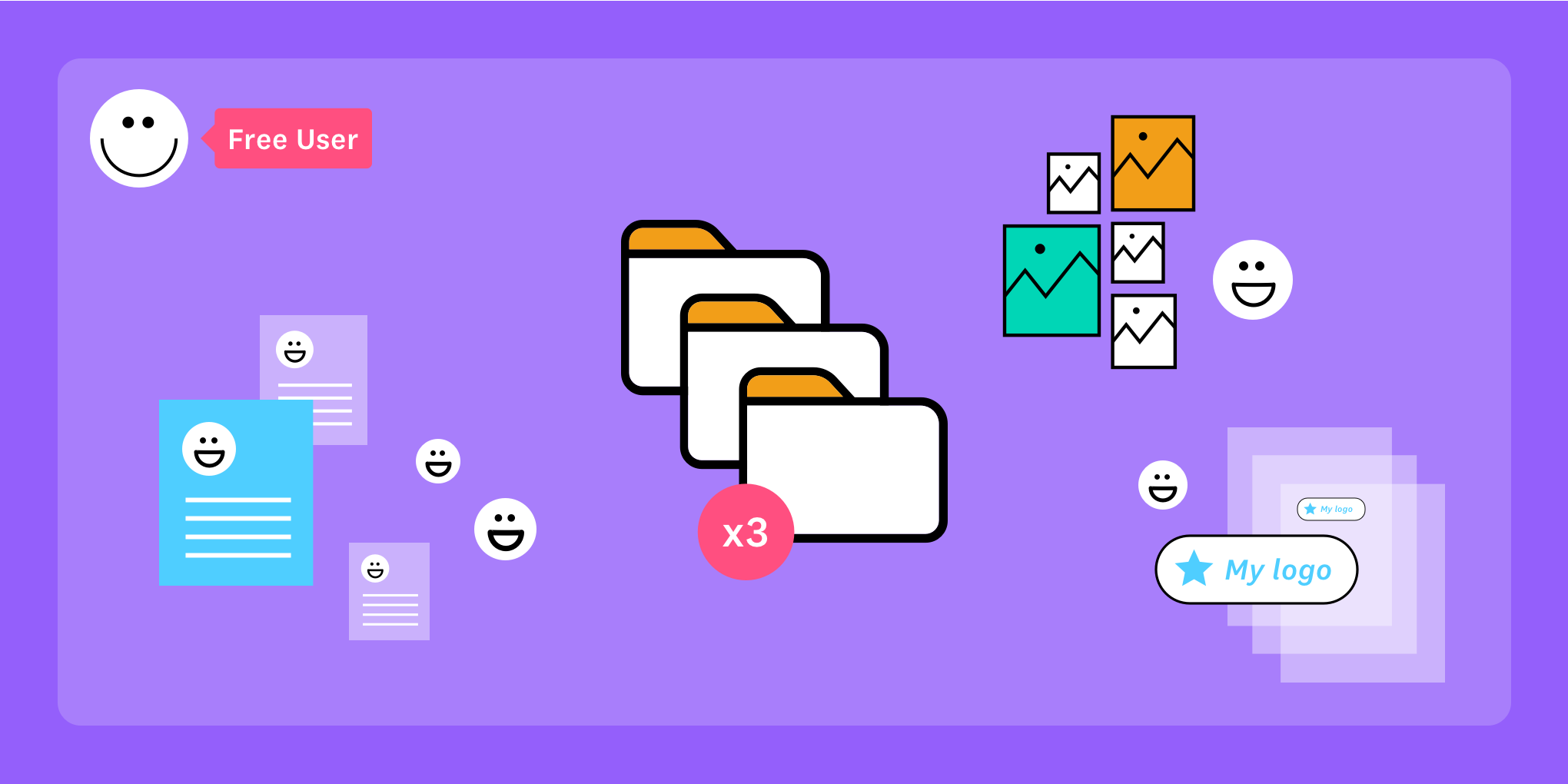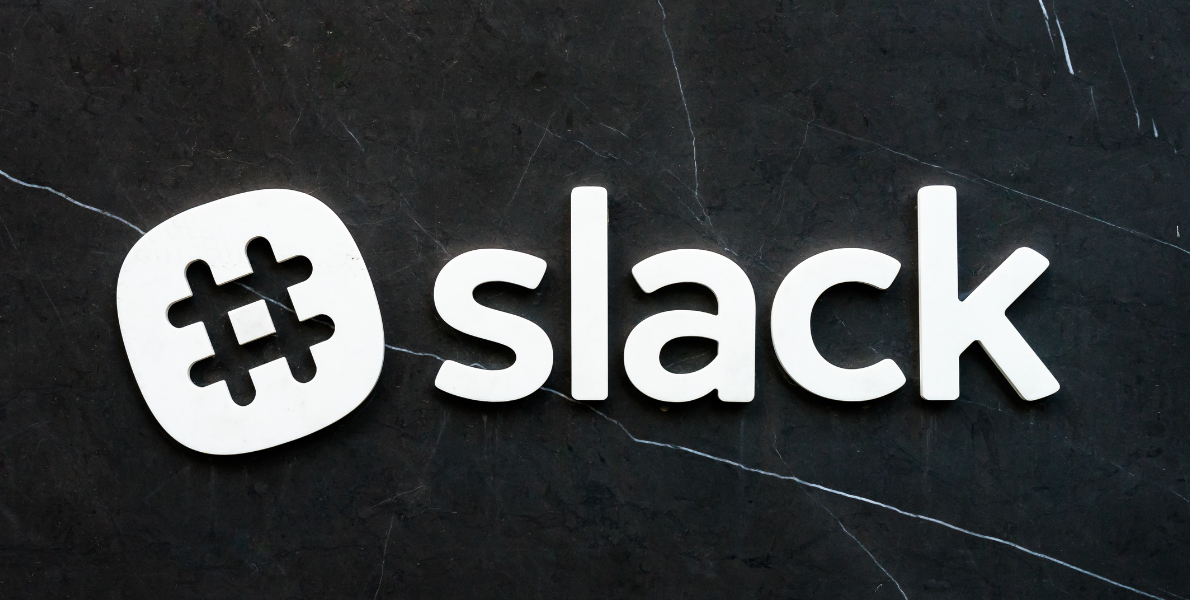We've all dealt with unhappy clients at least once in our career. 90% of the time the cause is miscommunication, as the client expected a totally different outcome. There's no need to point fingers who's to blame. Clients can find it hard to set up creative briefs and agencies or designers can be guilty of not being clear about what they're actually delivering. We wrote about this particular frustration in this article: Avoid Frustrations: Align with your client with the help of a creative brief template, before you design anything.
So how to get all stakeholders on the same page?
Before starting the design process, I encourage my clients to book a discovery workshop or also called a client kickoff meeting. There is something with meeting face-to-face that builds trust as I can help facilitate my own client's thinking, I can help them better understand their users and validate an idea in a short amount of time. Traditional meetings however, may not always produce the desired outcomes. Don't we all hate meetings that didn't add any value to the project? It's a waste of time!
So thanks to my experience with leading UX workshops around the world, I can help you become a good meeting facilitator, planning and facilitating more effective discussions the next time you meet your clients.
Find out which topics should be covered during the client kickoff meeting here.
So whether you are a freelance designer offering your first client kickoff meeting as a part of your services, or a manager wanting to conduct higher-quality internal sessions, here are a few tips for planning a successful kickoff meeting agenda:
Before the meeting
1. Understand your audience
Who will be present in the room? The C-Suite? The marketing team? Recent hires? Are they comfortable with the different activities that you will do in the meeting? Have they participated in active meetings before? How was their experience? What do they expect to accomplish? These are just a few of the questions that you need to consider. In the workshops that I offer, I always make sure there is a senior leader present. It may not be the CEO but should be someone who has the power to make decisions and to see the project forward.
2. Set clear objectives at the very beginning
I frequently do Google Design Sprint workshops with my clients. I have learned the importance of establishing and communicating the objectives clearly as early in the process as possible. I was once asked to hold a one-day intensive training for a process that usually takes four days. The feedback was very positive except for one thing: they expected to dive deeper into every tool and phase. If I would have communicated ahead of time what we would cover during our three hours together, we would have avoided any misunderstanding all together.
In order to avoid any surprises, be sure to have a conversation ahead of time with the team that will be involved and ensure that everyone is on the same page as to what will be accomplished by the end of the meeting.
3. Establish rules
In an ideal world, a meeting would flow all by itself. If you have led a meeting before, you know this isn’t the case. In my Google Design Sprint Workshops, the ground rules that are crucial to achieving results are:
No cell phones, no distractions – If anyone absolutely needs to check their phone, they may, but outside of the Sprint space. It is important to set boundaries. When they are in the room, everyone’s energy should be focused on the task at hand.
- Getting started > being right – When something is new, especially when following a process that one is not used to, many individuals get paralyzed with the notion that everything they do needs to be perfect from the get go. To help overcome this paralysis, I set strict time limits for each activity in the meeting. This encourages everyone to not stress about getting it the right the first time, focus on what truly matters, and just start creating.
- Tangible > discussion – Here the lifelong saying, “A picture is worth a thousand words,” comes into play. I always create opportunities for discussion, for debate, for thinking out loud, but to me the true value comes from filling multiple Post-Its, sketching the key screens of an app, or visually representing user personas.
- There are no such thing as bad/crazy ideas – Whenever my meetings involve at least some sort of ideation, everyone must embrace this rule 100%. There will be a time to select the ideas that make the most sense to prioritize, but at least in the beginning, it’s more important to have quantity over quality. My philosophy: assume anything is possible.
During the workshop
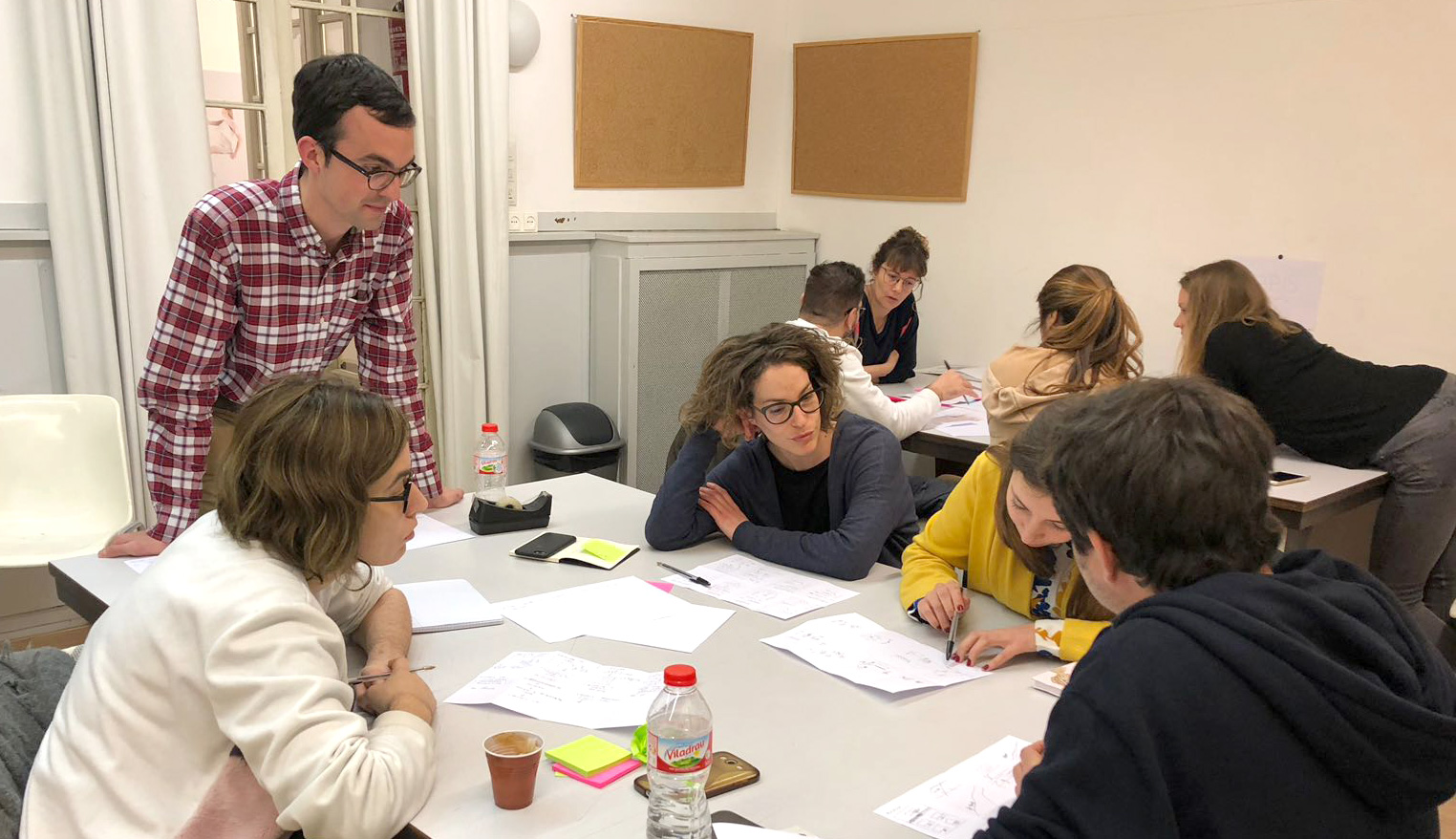
4. Remember: It’s a collaborative meeting, not a lecture
Have you ever attended a meeting that should have been labeled a lecture? I have. The meeting ended up being very little participation and a whole lot of information. Even if you are preparing a meeting that will be content heavy, look for small ways to involve the audience as much as possible. Do you have a few ice breakers? Do you have them write down their answers to a series of questions? Do you include short video clips to break up your talking?
5. Pivot when necessary
My workshops follow structured processes. These processes help me stay on track and ensure that I help my clients accomplish their goals and objectives. However, there have been cases, due to circumstances beyond my control, where I have had to deviate from the process. Did that cause problems? No. It just required me to quickly analyze the situation and chart a new course of action. How do you prepare for these unexpected changes? Preparation and research. The more know about those who will be participating in your meeting and the more you know about what they want to achieve, the better prepared you will be for when something doesn’t go exactly as planned.
6. Enforce the rules
This may go without saying, but it is easier said than done. I learned this lesson the hard way. As a mentioned before, the Google Design Sprint follows strict time-boxed activities. In one workshop, I remember the client asking for more time on a particular exercise (key example of getting started vs. getting it right). At first, I insisted on following the clock, but after receiving more pressure, I caved. Luckily, I was able to adapt and course correct as much as possible, but not enforcing the rules added some additional stress that could have easily been avoided in the first place.
After the meeting
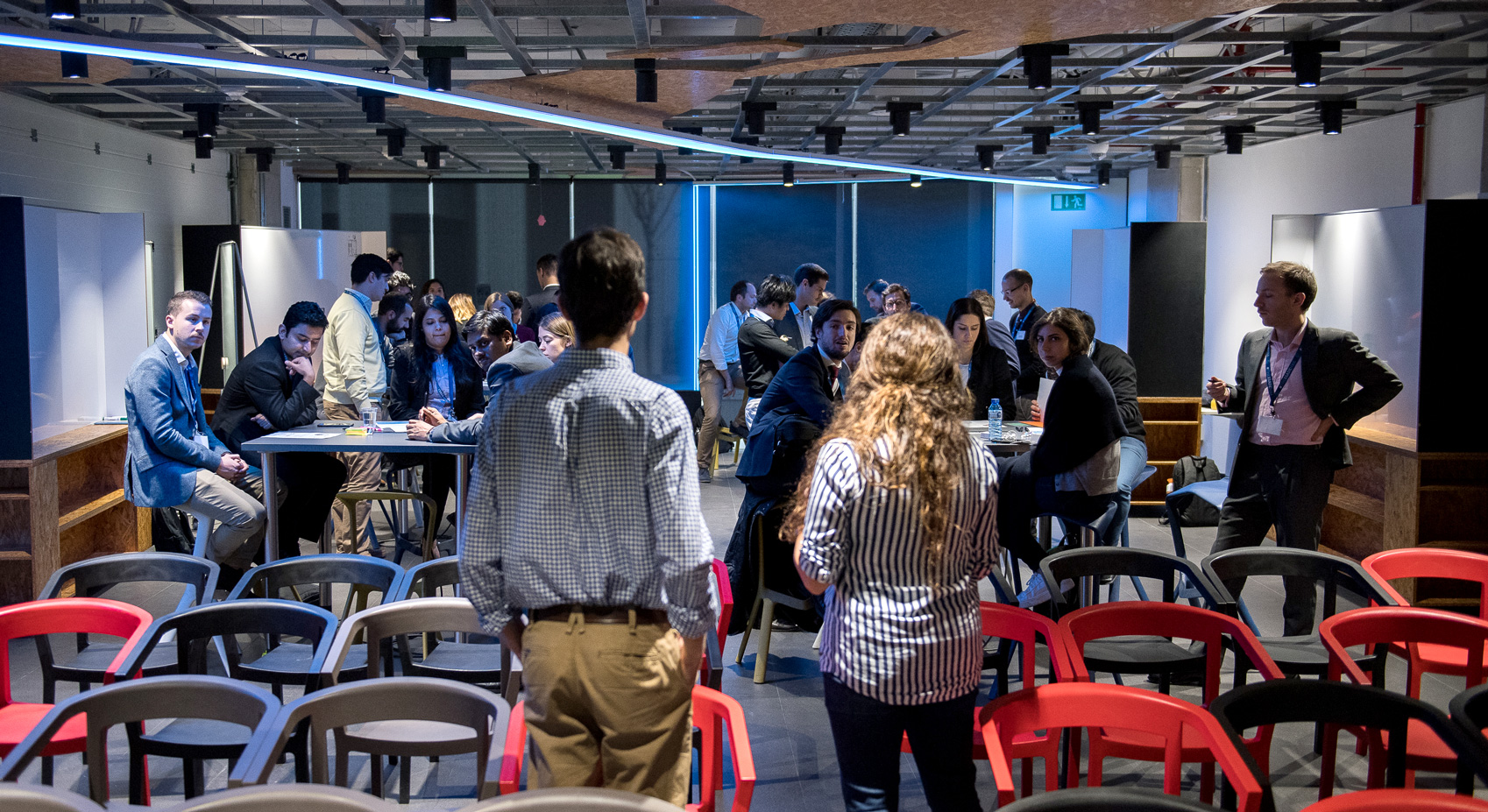
7. Congratulate the participants
After successfully completing an collaborative meeting, congratulate them. Remind them of the goals and objectives, where they started at the beginning of the day, and what they achieved.
8. Get them to commit to something
A successful meeting always results in action items. Save a few minutes at the end for everyone on the team to discuss next steps and assign them to an owner with a specific deadline. Discuss how as a team you will hold each other accountable.
9. Share knowledge
In the words of Joseph Badaracco, “In today's environment, hoarding knowledge ultimately erodes your power. If you know something very important, the way to get power is by actually sharing it.”
Workshop meetings truly are a great way to both learn and to facilitate. As with anything in life, practice makes perfect. As I have applied the tips above and iterated on my workshop content, I have seen improvements in the flow of the process, results obtained, and overall satisfaction with my clients.
So next time you organise a face-to-face kickoff client meeting, be prepared! A well thought-out meeting agenda makes facilitating much easier. The outcome of this meeting will not only be fruitful for the creative process, but will also build trust between you and the client. A great foundation for a long lasting partnership.
Now that you know how to plan and structure the agenda for the kickoff meeting, it's time to hone those facilitation skills. We have covered our favourite kickoff meeting facilitation techniques taken from design thinking and UX toolkits here.
Learn about the strategic topics that should be covered during the client kickoff meeting (or the discovery workshop) with the help of HolaBrief templates, here.
